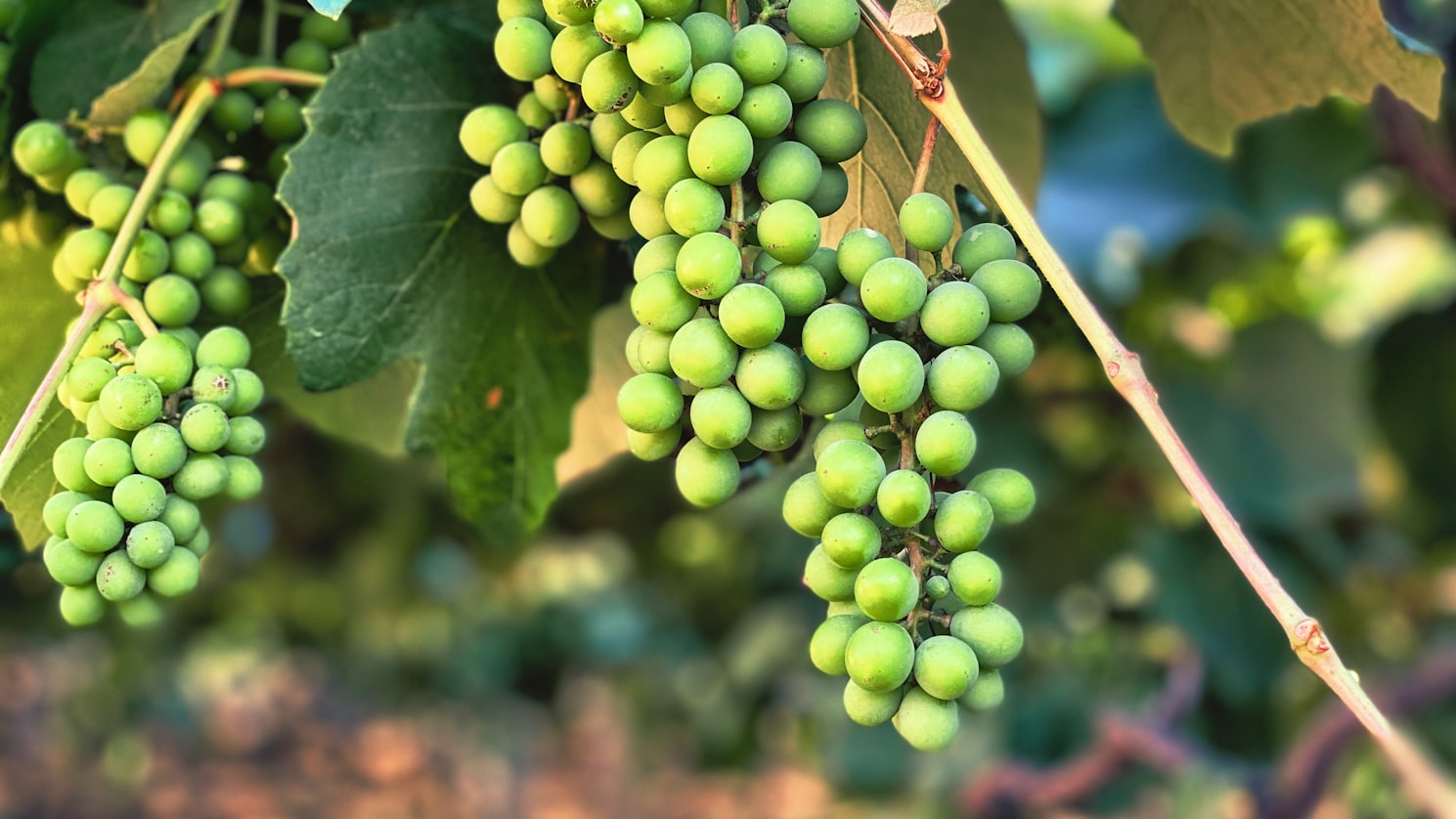Yield

Grape yield in winemaking
In wine making, the yield is the amount of grapes harvested per unit of land. It’s often referred to as tons per acre/hectare.
Sometimes the yield is referred to also as the number of bottles produced per vineyard surface.
A small yield is generally associated with better quality wine.
This idea is based on the fact that given a vine and a certain amount of foliage, less fruits will benefit from a larger amount of sugars. The leaves exposed to the sun transform the sun energy into sugars (photosyntesis) that they then pass onto the grapes. If the amount of grapes to receive these sugars is smaller, they will get more of them!
Because of this, some vignerons will perform crop thinning (aka green harvest).
Certain vignerons, however, are against the idea of crop thinning.
In many biodynamic vineyards, for example, crop thinning is seen as an interruption of the vines’ natural ripening process. Some “natural winemakers” also believe that the vine balance and health is maintained by the natural mix of grapes that are riper with grapes that are less mature.
Crop thinning
In wine making, crop thinning, cluster thinning or green harvest is the practice of cropping away a part of the grapes growing on a vine.
The idea is that the amount of sugar that the vine leaves produce and pass onto the fruit is stable. If there are less grapes on a vine, they will benefit from a higher concentration of sugar.
The maximum amount of sugar increase that can be obtained with crop manipulation is around 10 to 20%. This difference can, in turn, result in as much as 2% alcohol degree difference in the final wine, transforming an 11% alcohol wine into a 13% one.
A higher amount of sugar in the grapes seems to be connected to a higher level of anthocyanins, too. Anthocyanins are the chemical compounds responsible for the fruit colour. An higher concentration of them will produce a darker, riper wine.
In cold areas, limiting yields by thinning fruit can be critical as the fruit may not be able to ripen, otherwise. In hot growing areas, on the other hand, it could be important to have enough fruit on the vine to temper sugar production, so that the alcohol does not overpower the final wine.
Link to here...Veraison
When grapes start ripening
In viticulture the moment when grapes start ripening is called with the French term veraison. Veraison happens when the vine focus shifts from creating energy via the photosyntesis, to consuming that energy in the production of sweet grapes.
Veraison becomes apparent as the grapes undergo a change in colour, from green to dark. At this point, berries also start to become sweet and ripe. In white grapes veraison happens too. The berries instead of becoming darker turn translucent.
From the vine point of view, the change of colour with the production of anthocyanin protect the grapes from external agents like the sun, the wind or other stresses.
Link to here...